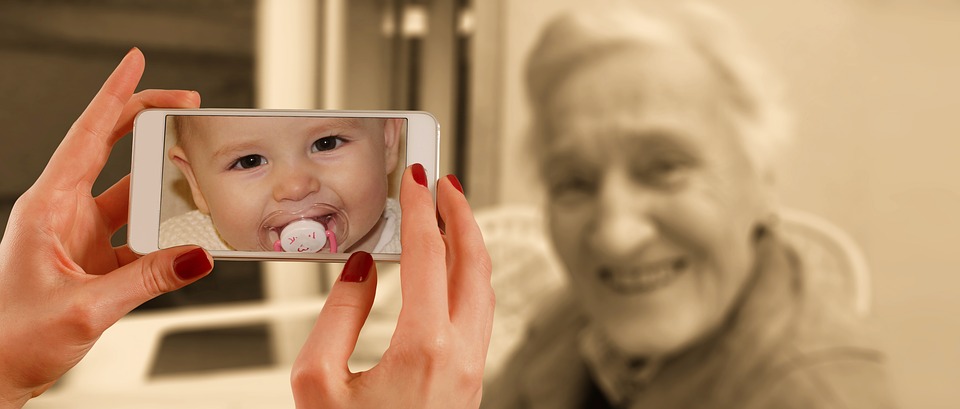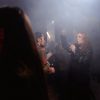One of the most important things that any cinematographer should focus on is lighting. Without lighting, you’re promised a failure of a film. That’s why if you’re an aspiring filmmaker you need to learn as much about lighting as you can. No, you don’t have to go to film school. Luckily for you, we live in the age of information so you can get all the knowledge you need online. That’s what we’ll be doing today- we’ll be talking about the different types of lighting and its effects. So, are you ready to take a dip into your future? Be the best filmmaker in the world- read on to find out more.

No Any Equipment For These!
No, you don’t need to google film lighting sydney. First of all If you’re wondering what the first method is, it’s none other than a technique called natural lighting. The name does a good job explaining what this is but let me elaborate. With natural lighting, you use the lighting of your surroundings. The lighting in this case is natural and creates the most organic looking exposure. If you want to utilize this, then you need to have the time of day in mind as well as the location itself- you don’t want to utilize lighting from a place with horrible lighting.
It’s not just the above that doesn’t utilize equipment for exposure. Practical lighting is also present. This method is when the cinematographer takes advantage of the light emitted from objects in the environment such as a lamp, electronic device or light bulbs. This helps set the tone and many filmmakers switch out the bulbs with specific coloured ones to help with colour correction.
But wait, there’s more! Have you heard of hard lighting? Hard lighting isn’t necessarily sunlight, but rather a direct beam of light. This creates an oversaturated look and eliminates any sort of shadows.
Okay, You Need Equipment For These
For the following forms of lighting, equipment is needed. What are these?
First, let’s talk about key lighting. This is the primary component of 3 point lighting along with a fill light and back light. What key lighting is, is the main lighting, usually a stage light on the subject. This is done to illuminate the object in hand

What comes next is a fill light which is also usually a stage light. It is placed opposite to where a key light is placed and works to cancel the shadows that were created by the key light. Thus, it reduces the contrast of the scene.
The final component of 3 point lighting is called a backlight. This is a light source that is placed behind the subject, usually at a higher angle. This works to define the shape and depth, and the sun acts as great backlighting.
You now learned a lot about lighting. I’m sure if you keep this up you’ll be a great cinematographer– Everyone starts somewhere! Can’t wait to see you make it big.




